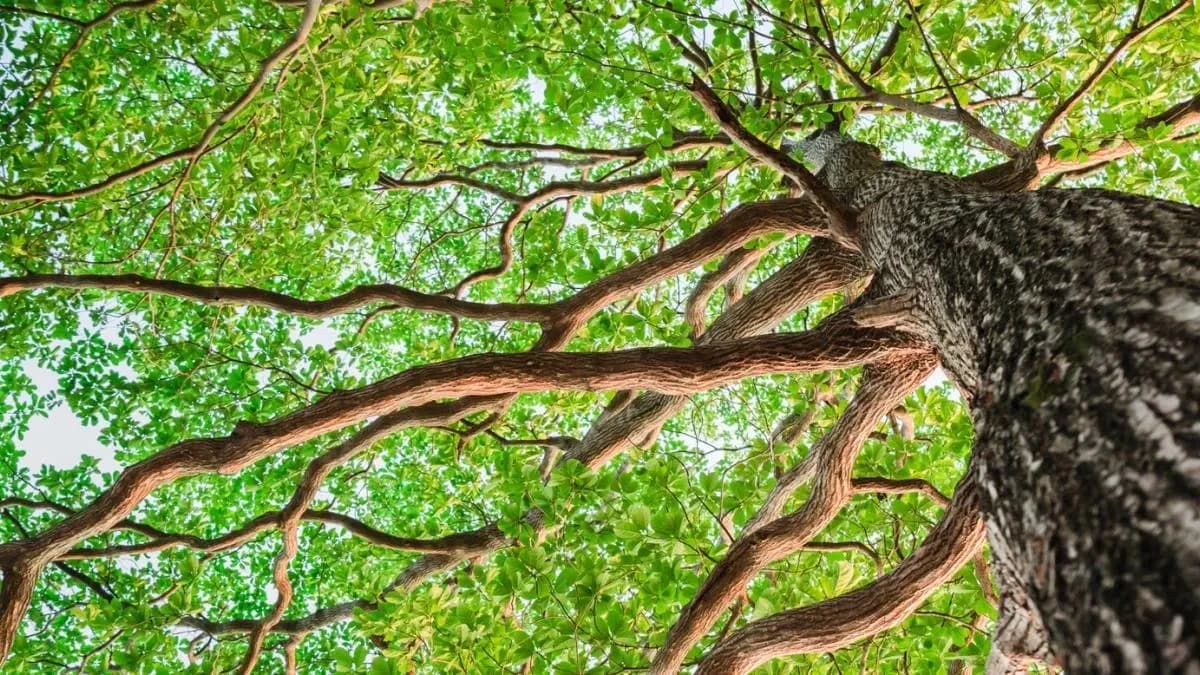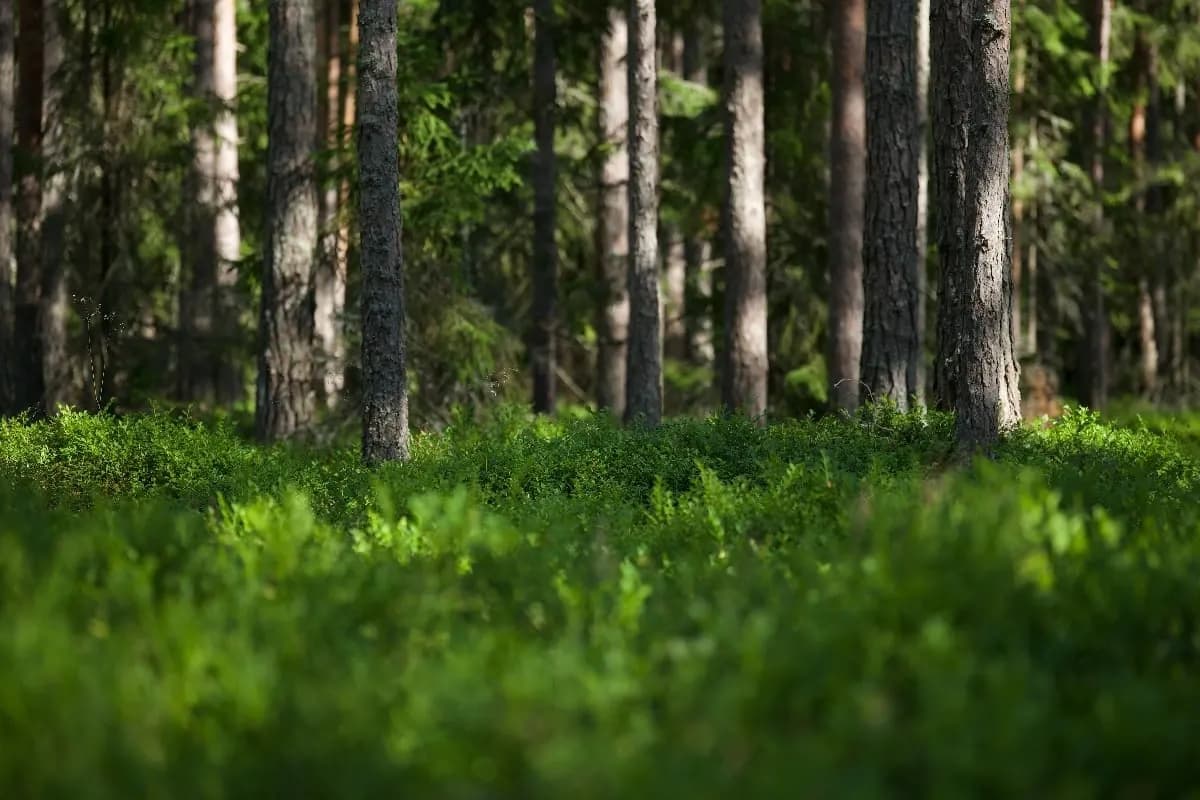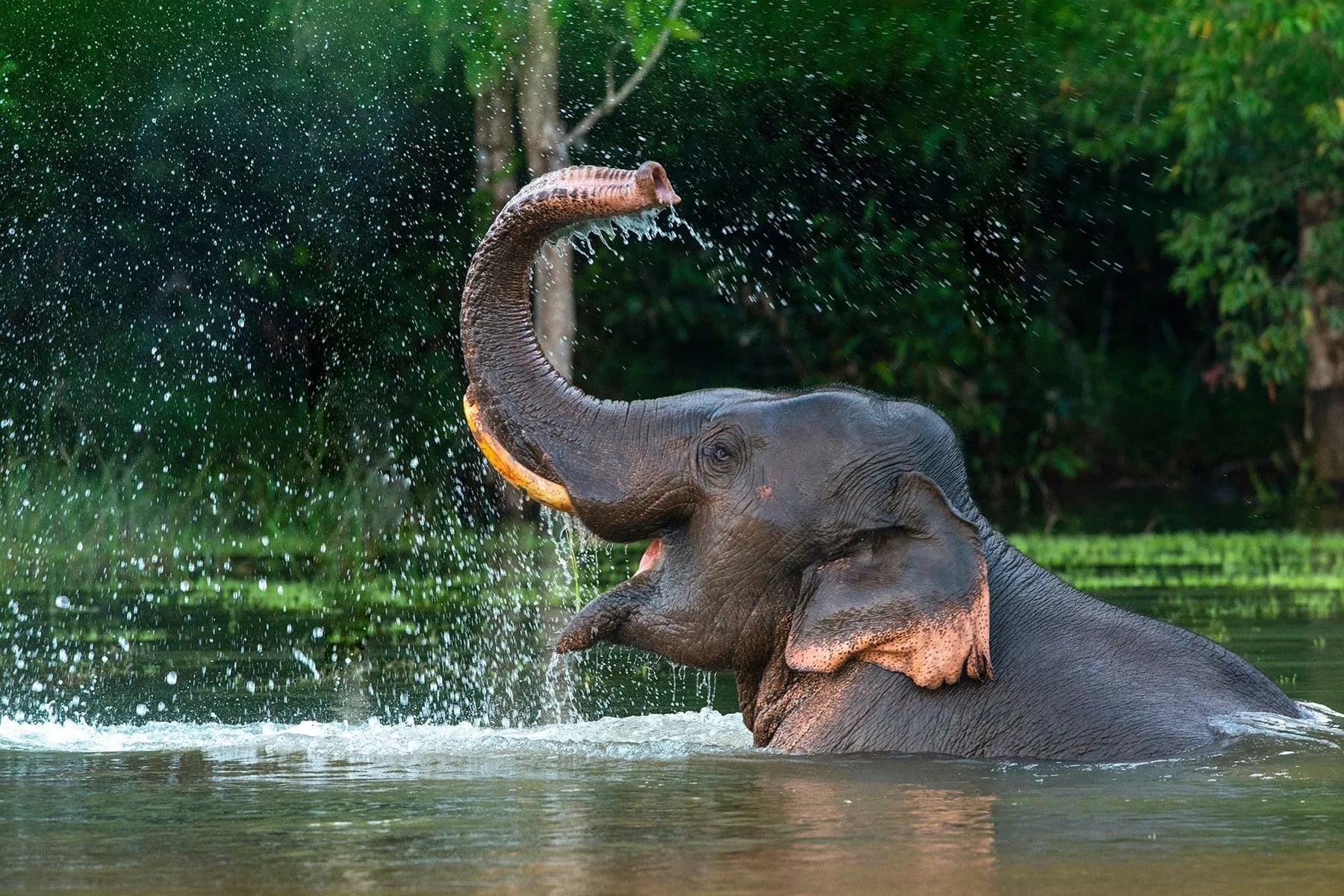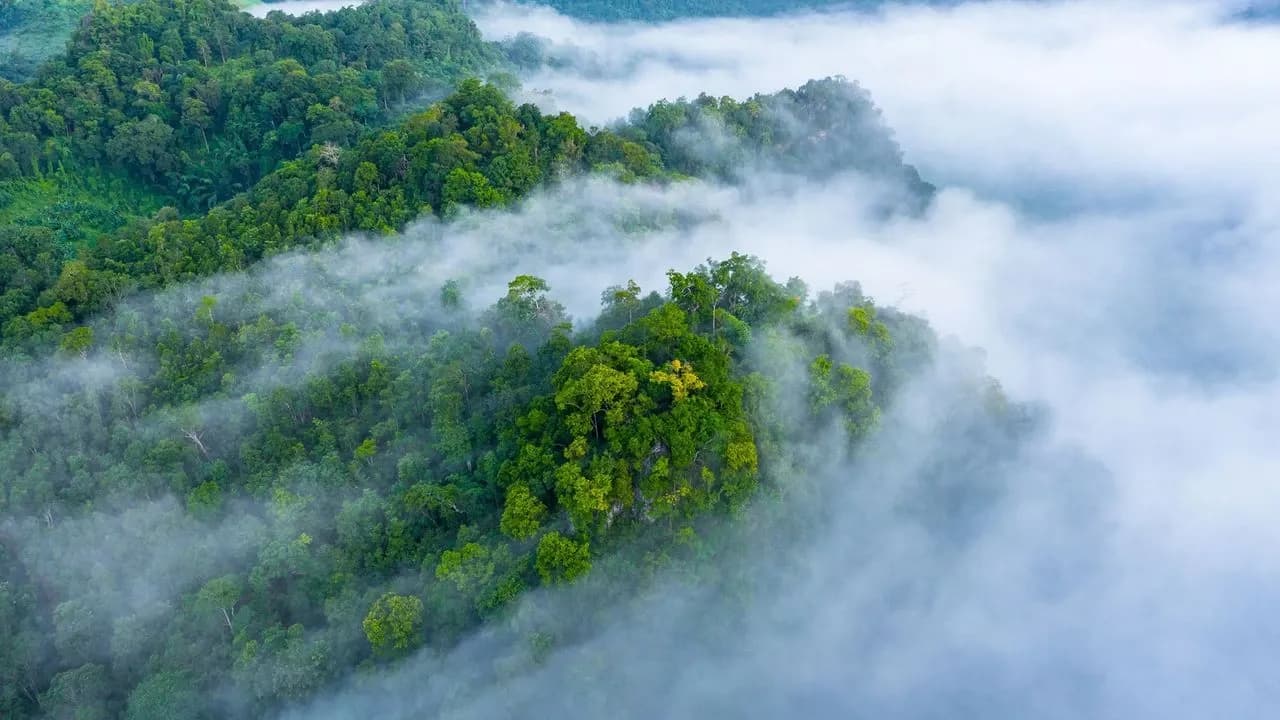Introduction
Biodiversity is the foundation of healthy ecosystems, but rapid deforestation and urbanization have led to a massive loss of wildlife habitats worldwide. In India, nearly 12% of the country’s wild species are threatened with extinction due to habitat destruction (IUCN). However, afforestation—the process of planting trees in degraded or barren land—offers a powerful solution to restore ecosystems and bring back wildlife. In this blog, we explore how afforestation helps revive biodiversity, the best afforestation methods, and success stories of wildlife returning to newly planted forests.
How Afforestation Helps Restore Biodiversity

1. Rebuilding Natural Habitats
Afforestation recreates lost habitats, giving birds, insects, and mammals a safe space to live and reproduce. Unlike monoculture plantations, native afforestation supports a diverse range of species by mimicking natural forest structures.
Example: The reforestation of degraded land in Kaziranga National Park in Assam has helped increase the one-horned rhinoceros population (WWF India).
2. Increasing Food Availability
Many animals rely on trees and plants for food, including fruits, leaves, nectar, and seeds. By planting diverse native species, afforestation ensures that:
- Birds have berries and nectar
- Insects find pollen sources
- Herbivores get nutritious foliage
Example: The restoration of Banni Grasslands in Gujarat led to an increase in herbivore species, improving food availability for predators like Asiatic lions and leopards (WII).
3. Creating Wildlife Corridors
Fragmentation of forests due to human development isolates wildlife, preventing them from migrating for food, mating, or escaping threats. Afforestation reconnects forest patches, forming wildlife corridors that:
- Reduce human-wildlife conflicts
- Allow genetic diversity among animal populations
- Prevent inbreeding and species decline
Example: The Aravalli Biodiversity Park near Delhi serves as a corridor for species like jackals, porcupines, and leopards, helping them move between green spaces (BNHS).
4. Improving Water and Soil Quality
Forests play a key role in maintaining water sources and improving soil health, which indirectly supports wildlife.
- Tree roots prevent soil erosion, making rivers and lakes cleaner for aquatic species.
- Forests increase groundwater levels, providing more drinking water for animals.
- Leaves decompose into humus, creating fertile soil for fungi, insects, and plants.
Example: The afforestation of Chilka Lake’s catchment area led to an increase in migratory bird populations, as the improved water quality created ideal feeding and breeding grounds (Ramsar Sites India).
5. Supporting Pollinators and Small Creatures
Small organisms, including bees, butterflies, frogs, and beetles, are essential for healthy ecosystems. They help with:
- Pollination, vital for plant reproduction
- Decomposition, recycling organic matter
- Food chains, supporting larger predators
Afforestation with flowering native trees like Neem (Azadirachta indica) and Indian Coral Tree (Erythrina variegata) helps increase pollinator species, leading to richer biodiversity (ICFRE).
Best Afforestation Methods for Biodiversity Conservation

1. The Miyawaki Method
A high-density afforestation technique that grows ten times faster than conventional forests.
- Ideal for urban areas and degraded land
- Creates multi-layered forests that support insects, birds, and mammals
- Grows self-sustaining forests in twenty to thirty years instead of one hundred years
Example: The Miyawaki forest in Pune has attracted over fifty bird species in just three years (Mission Green Mumbai).
2. Assisted Natural Regeneration (ANR)
This method protects and nurtures existing but degraded forests, allowing them to recover naturally.
- Encourages natural seed dispersal by birds and wind
- Requires minimal human intervention
- Supports the natural comeback of native plant species
Example: The ANR approach in the Western Ghats helped restore endangered plant species like the Indian Mahogany (Swietenia mahagoni) (ATREE).
3. Agroforestry
A sustainable approach that integrates trees with agriculture, creating wildlife-friendly farming landscapes.
- Provides food and shelter for birds, bees, and small mammals
- Increases carbon sequestration while benefiting farmers
- Reduces deforestation by providing timber from farms
Example: The Silvopasture system in Rajasthan combines Prosopis cineraria (Khejri) trees with livestock farming, improving soil health and fodder availability (ICRISAT).
Success Stories of Wildlife Returning Due to Afforestation

1. Sundarbans Tiger Habitat Restoration
The Sundarbans mangrove forests were heavily degraded due to deforestation and climate change. A large-scale afforestation project helped:
- Increase the tiger population by twenty percent (WWF India)
- Restore breeding grounds for fish and crabs
- Reduce cyclone damage by acting as a natural buffer
2. Leopards and Wolves in Telangana’s Forest Regeneration Project
- The Telangana government launched a Haritha Haram afforestation initiative to revive dry forests.
- After six years, camera traps captured leopards, wolves, and sloth bears returning to the greened areas.
3. Elephants Thriving in Kerala’s Man-made Forest
- In 1988, environmentalist Abdul Kareem converted barren land into a three-hundred-acre forest.
- Within a decade, it attracted elephants, deer, peacocks, and over one hundred bird species.
How You Can Contribute to Afforestation for Wildlife Conservation
- Support native tree planting programs by donating or volunteering in afforestation projects.
- Plant wildlife-friendly trees that provide fruits, flowers, and nesting spaces.
- Spread awareness about the benefits of afforestation in reviving biodiversity.
- Adopt sustainable practices by reducing deforestation through eco-friendly products and sustainable farming methods.
Conclusion
Afforestation is more than just planting trees—it is about restoring ecosystems, reviving lost wildlife, and rebuilding biodiversity. Whether through Miyawaki forests, agroforestry, or natural regeneration, we have the power to bring nature back to life.
As India moves towards its net-zero goal by 2070, large-scale afforestation will play a key role in reversing biodiversity loss and tackling climate change. Every tree planted today brings us closer to a greener, wilder, and more resilient future.
